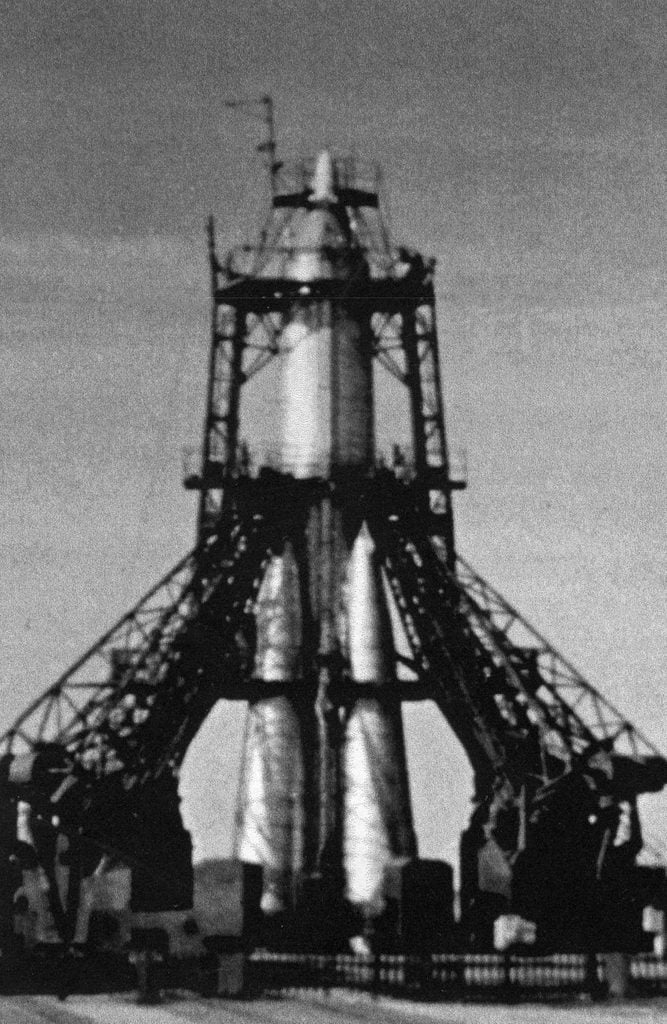
This space program has been tested on animals
“In the early days of rocket science, no one knew what the effects of weightlessness would be,” writes Space.com. So rocket scientists launched animals— mainly dogs by Russia and monkeys and chimps by the United States— up into space to test the effects of space on living beings and determine whether humans could survive a trip to and from space. However, NASA clarifies it only sends animals into space when “absolutely necessary,” preferring instead to conduct experiments via computer modeling and the like. Find out 13 more things you never knew about space travel.
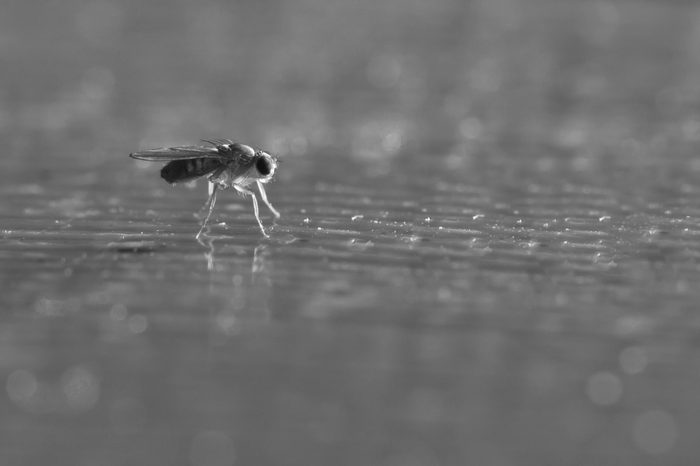
1947: Fruit flies
On February 20, 1947, the United States sent fruit flies, the first animals into space to test the effects of radiation on DNA, blasting them off from White Sands Missile Range, New Mexico. Although the little buggers didn’t quite make it into orbit, they did reach “space,” as the U.S. Air Force defines it: at least 50 miles up. For anyone who’s witnessed the persistence of fruit flies, it won’t be surprising to learn they were alive upon their return.
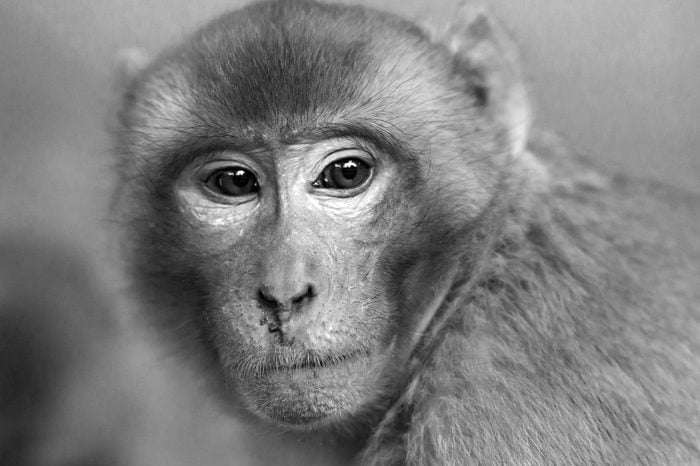
1948-1949: Albert I and Albert II, rhesus monkies
The first monkey to be launched into space was Albert I, a male rhesus monkey, whose capsule made it to 39 miles on June 11, 1948. But this was technically not space, and Albert not only didn’t survive the mission; he may not have even survived the launch. The next monkey to go into space, Albert II, fared better. Another rhesus, he made it to 83 miles on June 14, 1949. But he too didn’t survive the mission as his parachute failed to deploy on the return. Check out these 24 astronomy facts they don’t teach you in school.
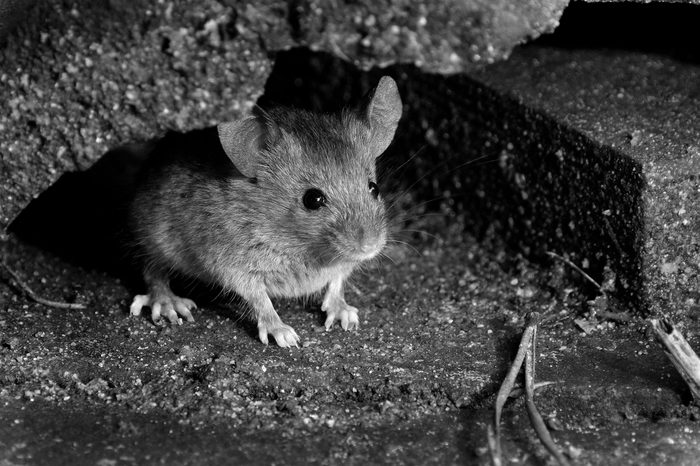
1950: The first mouse
The first mouse was launched into space on August 15, 1950, and gained an altitude of 87 miles but didn’t survive the return; like Albert II, he had a parachute malfunction. Two weeks later, on August 31, 1950, the United Space launched another mouse into space, but he too had a bum parachute and didn’t survive his mission. More mice were launched throughout the 1950s, but it took until August 19, 1960, before mice—42 of them, in fact, and two rats—survived a trip to and from space.
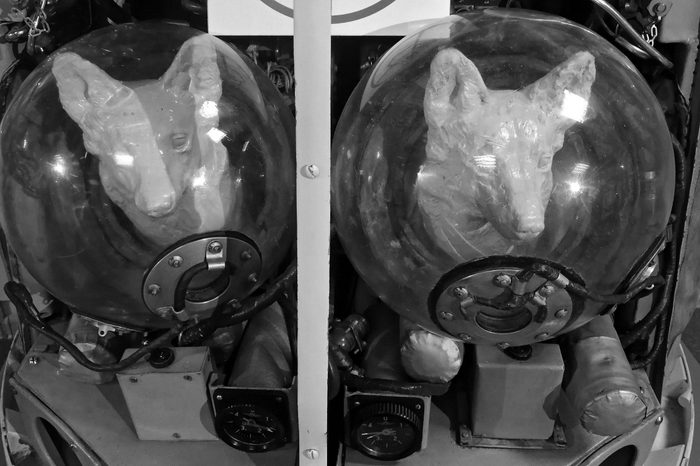
1951: Tsygam and Dezik, dogs
The first dogs to go up into space were Tsygan and Dezik, launched August 15, 1951, from the Soviet Union. They reached space (though they didn’t orbit) and became the first higher living organism to survive a spaceflight. Sadly, Dezik died on a second flight attempt in September of that year.
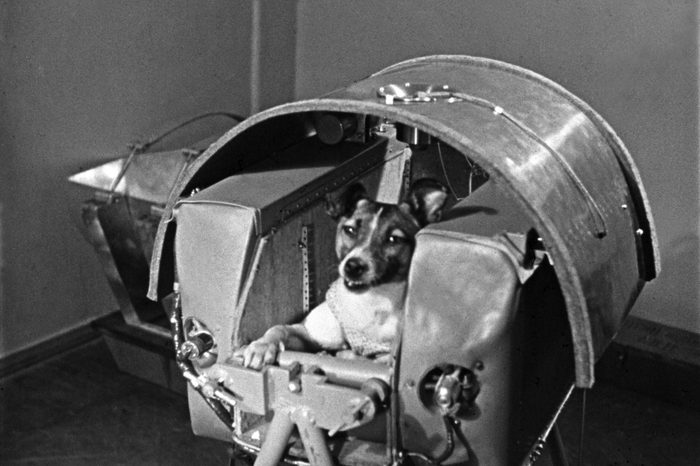
1957: Laika the dog
It wasn’t until November 3, 1957, that a dog orbited the Earth. That honor goes to Laika, a Russian stray dog. Sadly, Laika died during the mission. Here are 11 more of the other most heroic dogs throughout history.
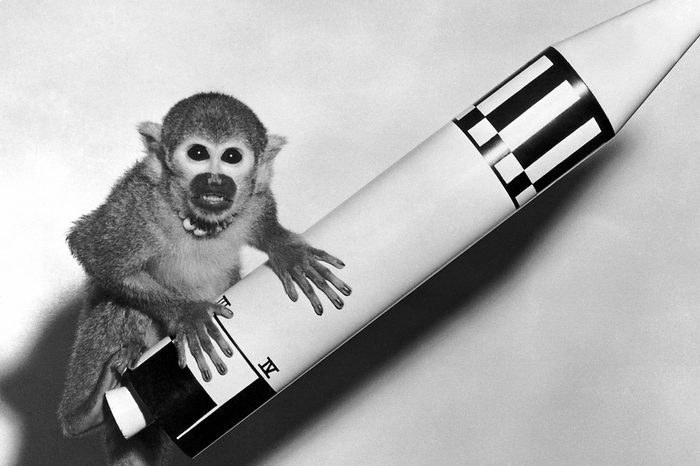
1959: Able and Baker, the first surviving monkeys
The first monkeys to survive a trip to and from space were Able, a rhesus monkey from Kansas, and Baker (pictured), a squirrel monkey from Peru. Their flight launched on May 28, 1959, and reached an altitude of 360 miles. Though both monkeys survived the flight in good condition, Able died four days later due to complications during surgery according to the Smithsonian National Air and Space Museum. Baker lived to the ripe old age of 24; she’s buried at the U.S. Space & Rocket Center in Huntsville, Alabama where fans still honor her by leaving bananas on her grave.
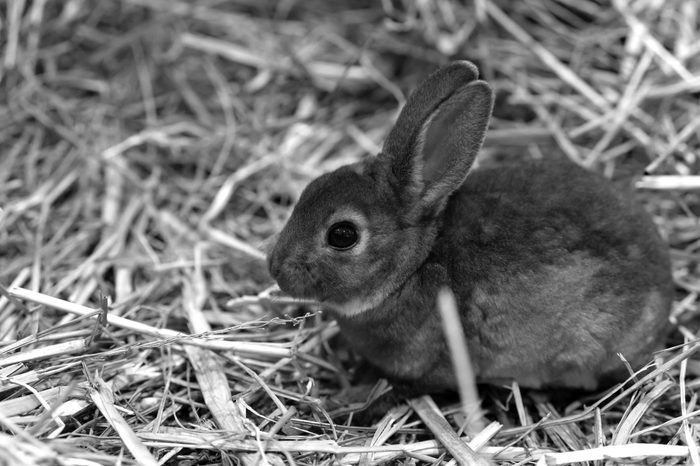
1959: Rabbits
On July 2, 1959, a Soviet launch carried the first rabbit into space, along with two dogs, according to Space.com. It would be so great if we could know what those rabbits were thinking as they took off. We’ll have to settle instead for these 50 secrets your pet won’t tell you.
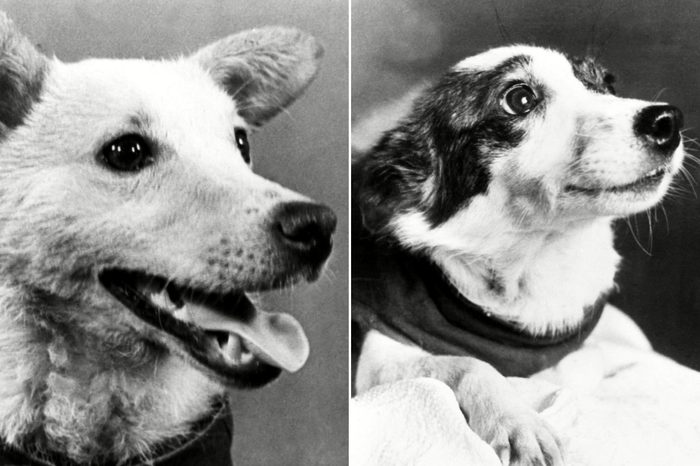
1960: Belka and Strelka, dogs
On August 19, 1960, the Soviet Sputnik 5 became the first space mission to return dogs alive after orbiting the earth (a step beyond launching them into space). The flight also included 42 mice, two rats, fruit flies, a rabbit, and the dogs Belka (left) and Strelka (right).
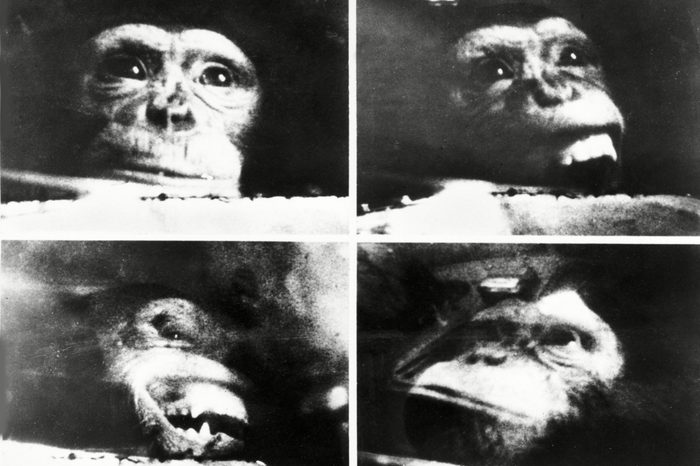
1961: Chimpanzees
The DNA of chimpanzees more closely resembles human DNA than monkey DNA, so sending a chimp into space was pivotal in preparing to launch a human into space. On January 31, 1961, HAM the Chimpanzee (short for Holoman Aerospace Medical Center) became that first chimp in space (shown), just three months before Alan Shepard became the first American human in space. Nine months later, on November 29, 1961, Enos the Chimp became the first to orbit the earth.
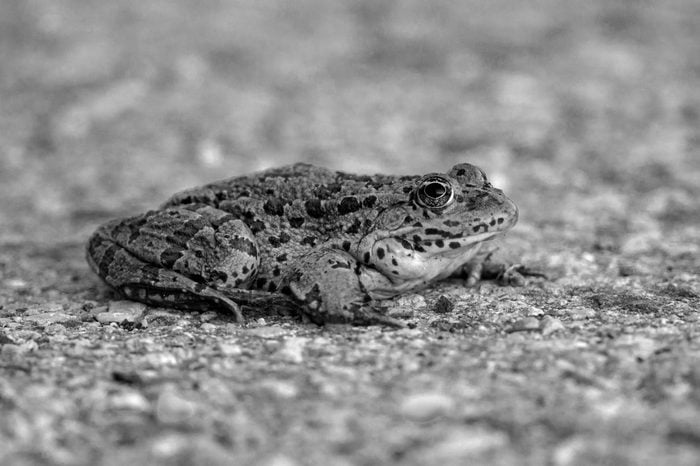
1961: Frogs
The first frogs made it into space on March 9, 1961, when the Soviet Union launched the Korabl-Sputnik. They all returned alive, according to The Atlantic.
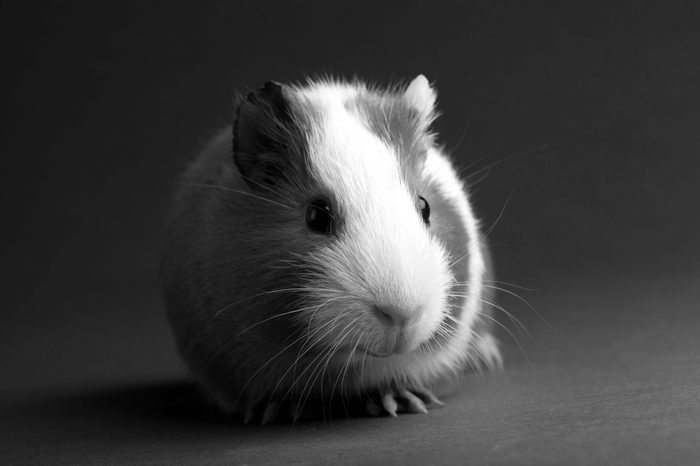
1961: Guinea pig
Other animals on board the Korabl-Sputnik included mice, a dog named Chernushka, and a guinea pig, according to NASA. All made it home alive. See what foods are banned for both animals and humans in space.
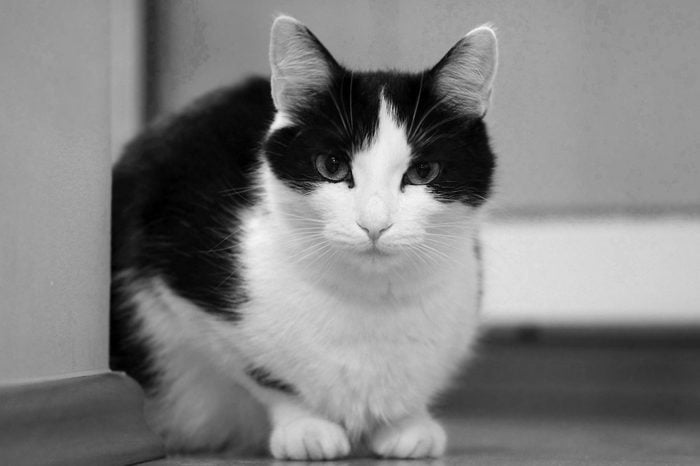
1963: Cat
France successfully sent the first cat, Félicette, into space on October 18, 1963. A second feline launched six days later by France did not fare as well. Don’t miss these UFO myths scientists wish you would stop believing.
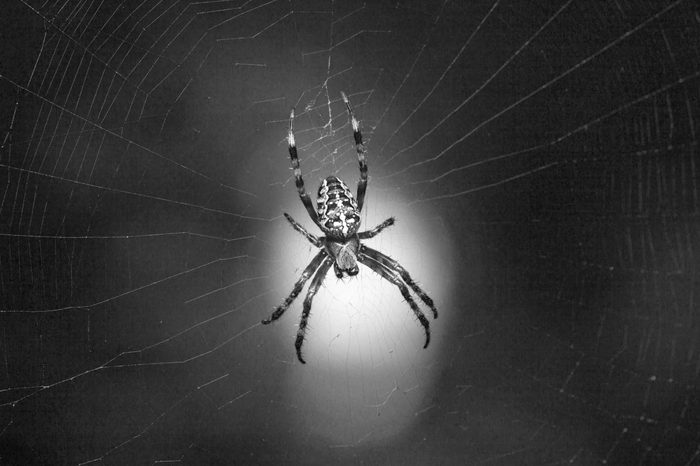
1973: Spiders
Can spiders weave webs in space? That was what scientists wanted to find out when they sent Anita and Arabella, two cross spiders into space on Skylab 3, July 28, 1973. Arabella successfully spun a web with one key difference from spider web’s on earth: it was symmetrical even though the thread thickness varied. Here are 14 more of the most amazing spider webs ever seen.
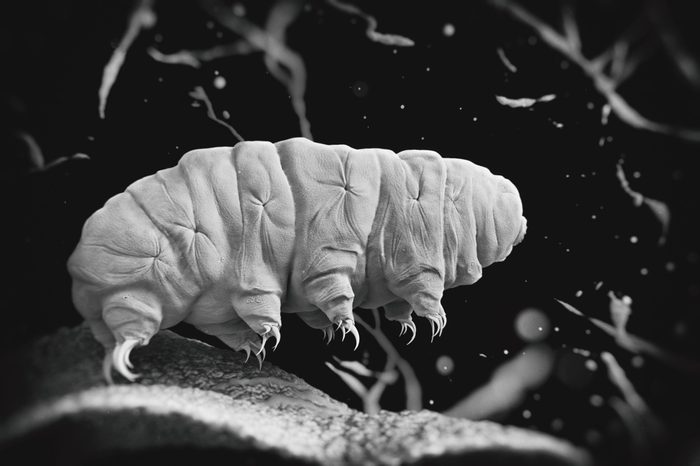
2008: Tardigrades
These near-microscopic, super-hardy invertebrates known as “water bears” are already known for being virtually indestructible on Earth. Turns out they also are virtually indestructible in space as well, as a 2008 space mission that launched tardigrades into space proved. The only damage they appeared to suffer was from ultraviolet radiation.
